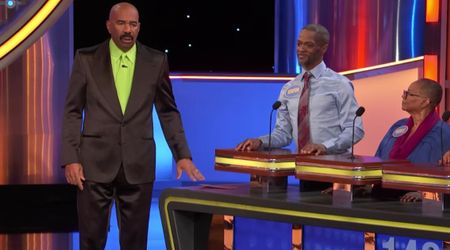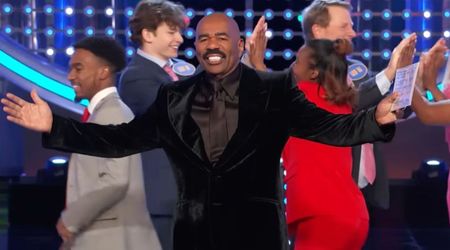What Shards of a 2,500-year-old Silver Coin Reveal About Economic Activity in 7th Century BC

Archaeologists have uncovered a rare 2,500-year-old silver coin near Jerusalem. Dating back to the Achaemenid-Persian ruling period, the coin was found cut in half, providing insights into the nascent stages of coinage in ancient Judea. Robert Kool, a coin expert at the Israel Antiquities Authority (IAA), expressed the rarity of this find, stating that only a handful of such coins have been discovered in archaeological excavations across the country. These coins, minted during a time when currency usage was in its infancy, offer a unique perspective on the evolving economic landscape of the region.

The discovery took place during an excavation preceding the expansion of a roadway approximately 10 miles southwest of Jerusalem. In addition to the coin's discovery, the IAA revealed the unearthing of a four-room house dating back to the First Temple period. The archaeological site showcased signs of its historical utilization for commercial activities during that earlier era. The site, situated in a rural area of the ancient Kingdom of Judea, provides a window into the past, with evidence suggesting the establishment of a settlement dating back to the seventh century B.C.
Within the building, archaeologists unearthed a one-shekel stone weight, with an approximate weight of 0.4 ounces. The weight bore an incised marking, revealing the Egyptian hieratic abbreviation for shekel. In the region, this stone served as a standardized weight, indicative of meticulous measurements in local markets. Such stones were used for weighing valuable commodities like spices or metals.

Kool highlighted the significance of these coins, which were initially minted outside of Israel, specifically in ancient Greek regions, Cyprus, and Turkey. As the sixth and fifth centuries B.C. began, these coins appeared at various sites in Israel. However, the coin's deliberate division into two halves reveals that the use of coins was not yet universal during this period. This ancient practice, reminiscent of Viking "hacksilver" or "hacksilbur," reflects the varying methods of evaluating currency at the time.
The coin featured a square stamp pressed into one side, distinguishing itself from coins that employed more sophisticated techniques like raised stamped images. Eli Escusido, the director of the IAA, believes that the visual details, inscriptions, and dates on these early coins are invaluable sources of archaeological information. He noted that through objects like coins, it becomes possible to trace human thought processes and observe the continuity of economic habits spanning thousands of years.

According to the AAI, the earliest coins are believed to have been minted around the seventh century B.C. in Lydia, present-day Turkey, and in the ancient Greek cities along the Ionian coast. Initially crafted from electrum, a natural alloy of gold and silver, coins eventually transitioned to being made of pure silver in the subsequent centuries. The recently unearthed coin near Jerusalem offers a tangible link to the economic practices of ancient Judea and the broader historical context of currency development.























